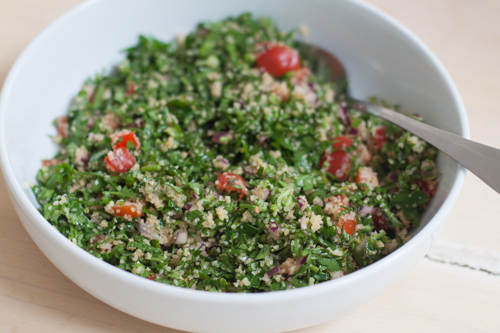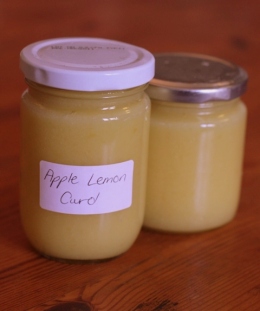Middle Eastern mezze no.4: Tabbouli
 Tuesday, April 12, 2011 at 9:26PM
Tuesday, April 12, 2011 at 9:26PM 
I read the Saturday Guardian magazine religiously, my favourite sections naturally being those on food and drink. I was very pleased one Saturday morning a few years back to find that Yotam Ottolenghi had dedicated his column to this favourite salad of mine. The subheader had its desired affect, drawing me in with the following statement:
There's a right way and a wrong way to make this brilliant Middle Eastern salad, says Yotam Ottolenghi. Here's the right way...
Had I been making it the right way all these years? A perfectionist through and through, I was very pleased to find that I had.
The most common issue is the proportions – far too many cooks do not realise that parsley is the star of the show here, not the bulgar … Another biggie is the way the herbs are chopped, and in this instance I'm afraid I must side with the purists and shun the food processor. Chopping the leaves with a razor-sharp, heavy knife, although a lot of work, prevents bruising and gives the parsley its light and dry texture.
 Vix |
Vix |  4 Comments |
4 Comments | 
